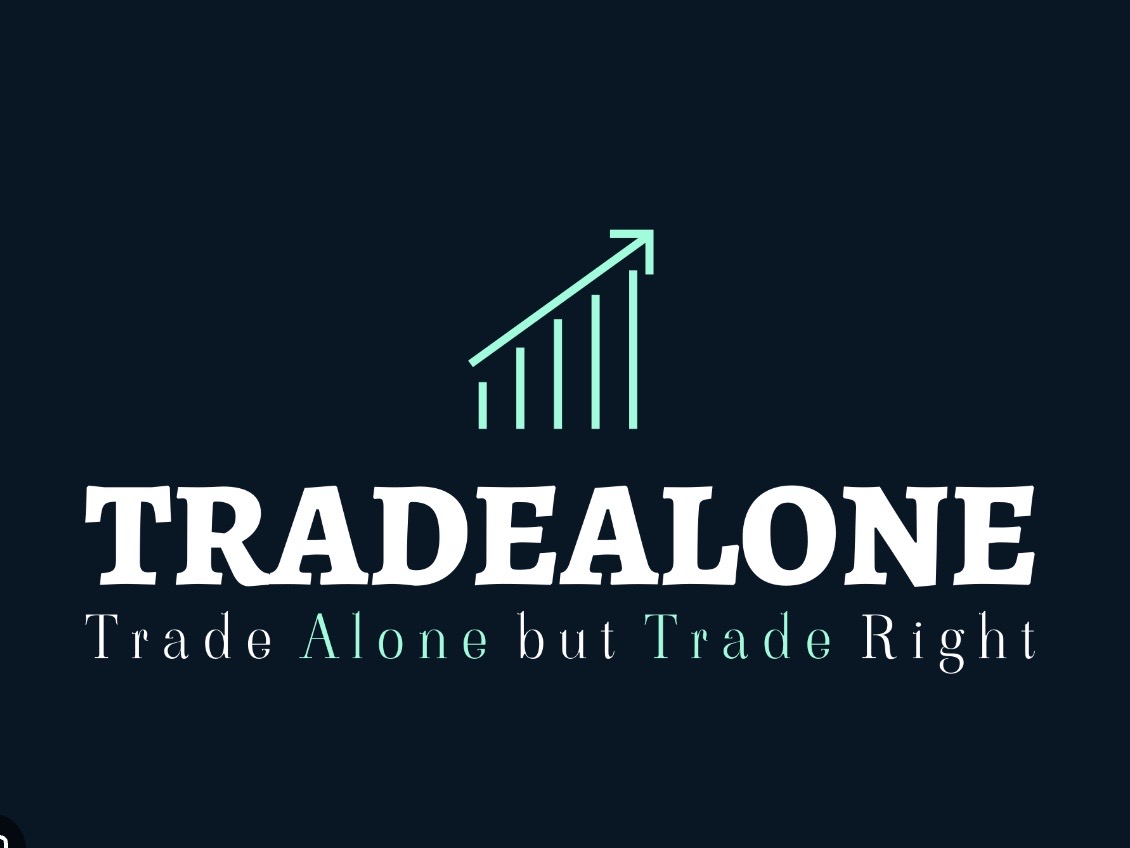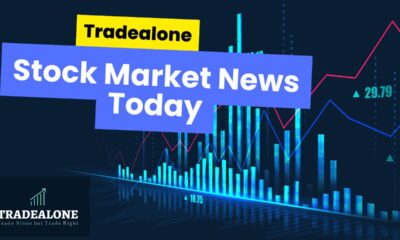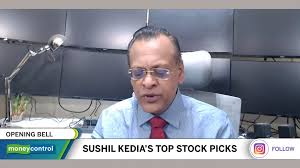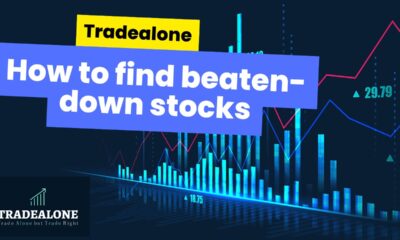FMCG
The FMCG Sector: Challenges, Opportunities, and the Rise of Quick Commerce

The Fast-Moving Consumer Goods (FMCG) sector has long been a cornerstone of the global economy. From household essentials to packaged foods, FMCG brands have built an extensive distribution network to meet consumer demand. However, the industry has been facing numerous challenges in recent years, from economic slowdowns to shifting consumer preferences. In 2025, quick commerce is emerging as both a disruptor and an opportunity, pushing FMCG companies to rethink their strategies.
In this blog, we explore the current state of the FMCG industry, key challenges, growth opportunities, and how quick commerce is redefining the landscape.
The Current State of the FMCG Industry
The FMCG sector has witnessed remarkable growth over the decades, but recent years have been tumultuous. Several factors have influenced market dynamics:
- Post-Pandemic Consumer Behavior: Shoppers are more value-conscious, with a shift toward digital purchases and sustainability-focused brands.
- Economic Uncertainty: Rising inflation and fluctuating disposable incomes have impacted purchasing power.
- Increased Competition: The rise of direct-to-consumer (DTC) brands has intensified competition.
- Supply Chain Disruptions: Global logistics challenges and raw material shortages continue to affect production and distribution.
- Evolving Retail Ecosystem: Traditional retail is facing stiff competition from e-commerce and quick commerce platforms.
Key Challenges Facing the FMCG Sector
Despite the strong fundamentals of the industry, several challenges are hindering its growth:
1. Changing Consumer Preferences
Consumers today demand convenience, speed, and transparency. They prefer healthier, sustainable, and personalized products, forcing brands to innovate rapidly.
2. Pricing Pressures and Inflation
High inflation rates have led to increased production and distribution costs. FMCG brands are struggling to maintain profit margins while ensuring competitive pricing.
3. Supply Chain Bottlenecks
From raw material shortages to transportation issues, the FMCG supply chain has become more complex. Companies are now investing in local sourcing and digital tracking solutions.
4. The Rise of Private Labels
Retailers are launching their own private-label brands, competing directly with established FMCG players. These brands offer cost-effective alternatives, impacting traditional market leaders.
Growth Opportunities in FMCG
While challenges persist, the FMCG industry is finding new avenues for growth:
1. E-commerce Expansion
Online grocery and DTC models are gaining traction. FMCG brands must strengthen their digital presence through marketplaces, owned e-stores, and social commerce.
2. Sustainable and Ethical Products
Consumers are prioritizing eco-friendly and ethical brands. Companies investing in sustainable packaging, carbon-neutral production, and fair trade sourcing are gaining consumer trust.
3. AI and Data Analytics
Data-driven decision-making is helping brands optimize supply chains, personalize marketing, and predict consumer demand more accurately.
4. Quick Commerce Integration
Quick commerce, which promises deliveries within minutes, is reshaping shopping behavior. FMCG brands must adapt to this trend by partnering with instant delivery platforms or building their own logistics capabilities.
The Impact of Quick Commerce on FMCG
Quick commerce (Q-commerce) is one of the biggest disruptors in retail today. This model is based on ultra-fast deliveries, often within 10–30 minutes, catering to impulse buyers and urgent needs. Its impact on the FMCG industry includes:
1. Increased Consumer Expectations
Shoppers now expect immediate availability of essential goods, forcing brands to enhance last-mile delivery strategies.
2. Shift in Inventory Management
Retailers and FMCG brands are adopting micro-fulfillment centers and dark stores to keep up with demand.
3. Stronger Retail Partnerships
Leading FMCG players are partnering with quick commerce giants like Instacart, Swiggy Instamart, Gorillas, and Getir to ensure rapid product delivery.
4. New Marketing Strategies
Q-commerce platforms rely on data-driven marketing to push relevant product recommendations. FMCG brands must leverage this by offering personalized deals and promotions.
The Future of FMCG: What’s Next?
As we move forward, the FMCG sector must evolve to stay competitive. Here are some key predictions:
- Hyper-Personalization: AI-powered recommendations will drive product choices.
- Sustainable Innovations: Recyclable packaging and carbon-neutral production will be industry standards.
- Tech-Driven Logistics: Drone deliveries and smart warehousing will improve supply chain efficiency.
- Stronger Omnichannel Presence: Brands will integrate online, offline, and quick commerce strategies seamlessly.
Conclusion
The FMCG industry is at a crossroads, navigating economic uncertainties, changing consumer behaviors, and technological advancements. While challenges persist, opportunities in e-commerce, sustainability, and quick commerce are opening new doors for growth. Brands that embrace digital transformation, data-driven strategies, and fast delivery models will thrive in the evolving landscape.
Are you ready to adapt to the new era of FMCG? Stay ahead by integrating quick commerce and leveraging digital innovations to meet consumer expectations.

-

 defense4 months ago
defense4 months agoHAL Share Price Target 2025: Motilal Oswal Sees 27% Upside for Hindustan Aeronautics
-

 news3 months ago
news3 months agoComputer Age Management Services (CAMS) Q4 and FY25 Results: Growth Across Segments
-
Uncategorized5 months ago
Hello world!
-

 auto5 months ago
auto5 months agoTata Motors Stock Analysis: A Roller Coaster Journey of Price Movements
-

 Editor4 months ago
Editor4 months agoSwan Energy Future Outlook 2025 | Growth in Energy, Real Estate & Shipbuilding
-

 Editor4 months ago
Editor4 months agoMarket Uncertainty, AI Disruption & Investment Wisdom: A Conversation with Sushil Kedia
-

 stock market5 months ago
stock market5 months agoThe Changing Job Market and Its Impact on the Economy and Stock Market
-

 Editor5 months ago
Editor5 months ago10 Steps to find BEATEN DOWN Stocks that can BOUNCE Back
